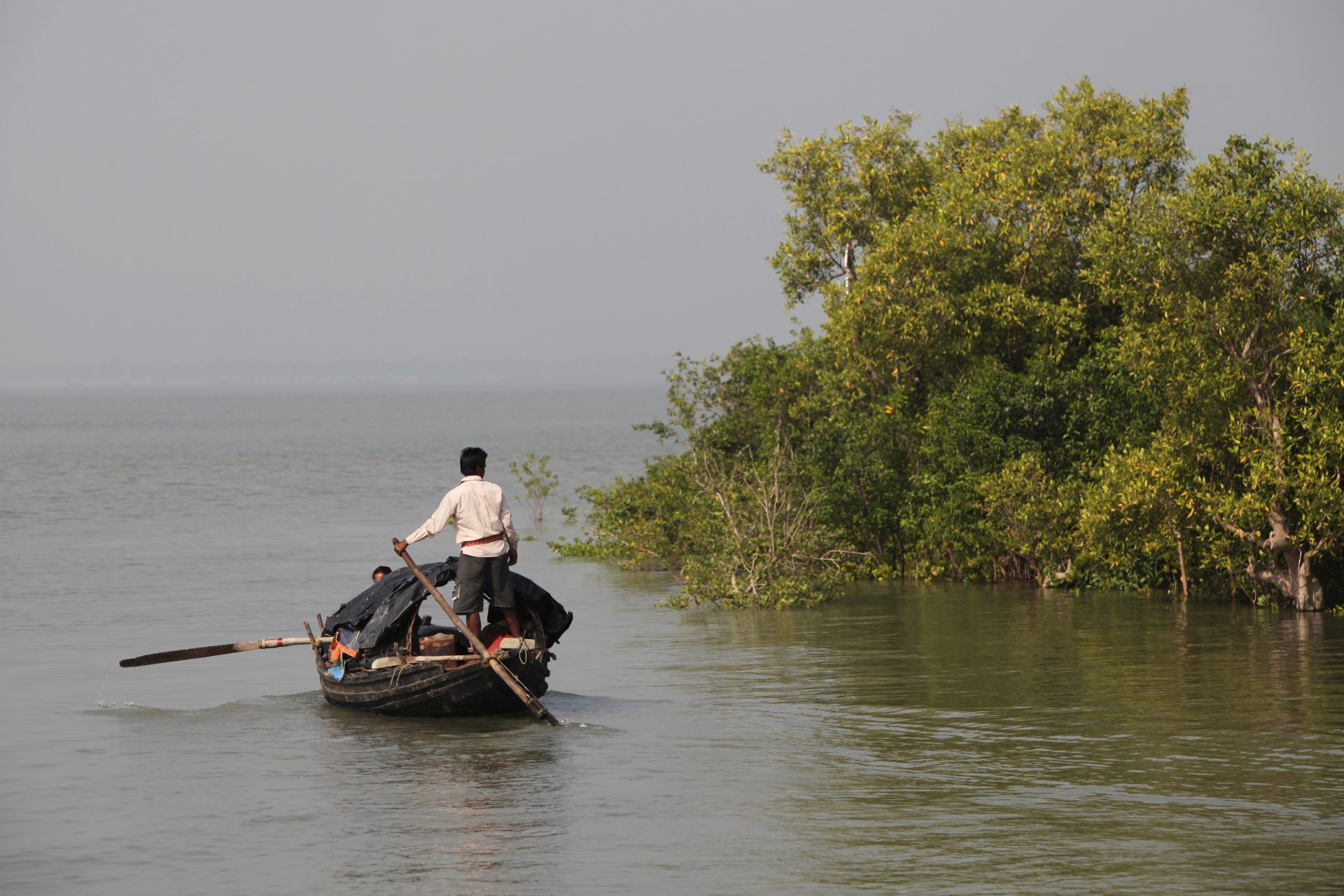















































































India has 84 dollar billionaires, but they don’t contribute much to reduce the country’s life-threatening poverty. India also has laws which guarantee the poorest the right to be alive, but they are not well implemented in the villages. However, in remote Jharkhand, 1,000 women stand up against this injustice. They search for 1 kg of rice per person that did not reach them. And they start to transform their agriculture: from monocultures shaped by the Green Revolution to an integrated agriculture that imitates nature and regards every farm as an ecosystem.
The German NGO Welthungerhilfe sent me to urban Kolkata and the remote state of Jharkand to capture this transformation for its Global Hunger Index 2016. It was a pleasure meeting these busy women, some of whom I still knew from my first visit in 2014. The side effect of their Greener Revolution became quite visible to me: not only were many fields, that I had seen fallow two years ago, green and abundant, but the women also had earned respect and self-esteem in their villages.
